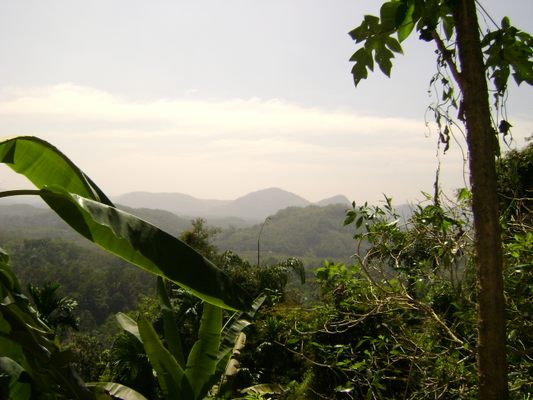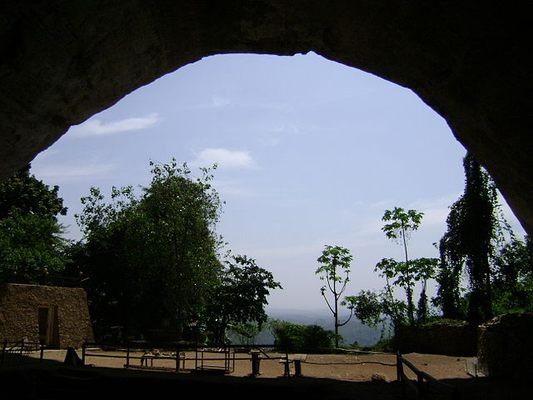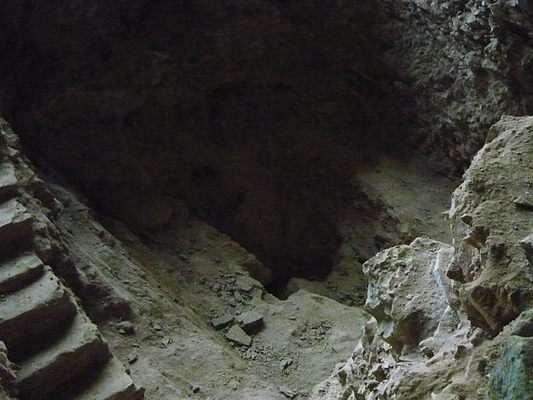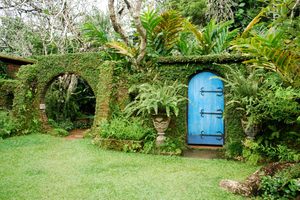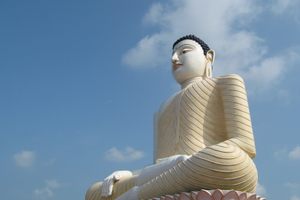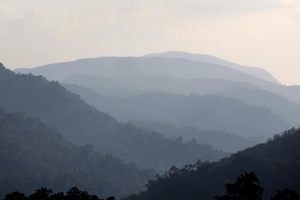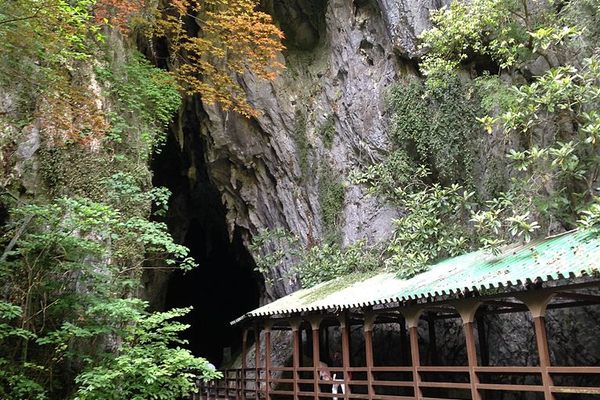About
Located in the village of Yatagampitiya in Sri Lanka, Fa-Hien Lena (also known as Pahiyangala Cave) is the largest cave on the island, and one of the largest natural rock formations in all of Asia. The cave was also the site of a remarkable archaeological discovery that dug up human skulls dating back about 37,000 years—the remains of one of the region's oldest prehistoric human settlements.
Surrounded by tropical greens, the mammoth cave measures 200 feet long, with an entrance 175 feet high and 160 feet wide, and sits 400 feet above sea level. There are areas inside the cave which are over 400 feet high. As archaeological research is still being conducted, many of the cave's natural tunnels have been blocked. Aside from research, the cave is also the home of a Buddhist temple. A local monk used a heavy stone tool to clear the cave entrance and level the ground. Visitors to the cave are greeted by the temple's 40 foot long reclining Buddha statue.
Beyond the cave's natural beauty, the archaeological finds within it make it a remarkable piece of history. In addition to the human skulls the Sri Lankan Archaeological Departments found, they also discovered weapons from the same era. These weapons, made from animal bones and stones, were used to kill deer, monkeys, porcupines, and other animals. According to researchers, evidence found in the cave suggests that these early humans also ate "a few types of edible snails and wild breadfruit." Researchers have also discovered that after eating the snails, the cave's earliest residents would pierce their shells to make jewelry.
Getting to the cave can be a bit of a struggle, with about a 20 minute walk up stone steps (without a railing), but it's a popular spot for school trips and picnickers.
Related Tags
Know Before You Go
A long walk and semi-strenuous climb is required to visit the Pahiyangala Cave, but compared to the other historic sites in Sri Lanka, the climb and walk, in this case, is minimal. Located about 40km away from Colombo, this is a close site and is an easy drive too. The place is accessible from Kalutara and Horana and when you take the Piliyandala Bulathsinghala Road and pass the rice fields and villages, you’ll find yourself at the stony path that leads up to the cave’s entrance. The steps in the path are cemented, but you’d find natural stone steps in between, and they must be stepped on carefully as they have jagged edges and can cause discomfort if stomped on. The excavation pit is open to visitors, and if you’re curious, you can walk down the stairs and into the pit and take a look at the digs with your own eyes. Within the cave, you’d find an ancient door that leads you into the bat cave, not like DC, but real bats that can hit you in the face when they fly out, so step in with care!
Published
December 11, 2017
Sources
- http://www.travelkalutara.com/attractions/history/pahiyangala-aka-fa-hien-cave-how-to-get-there-and-essential-tips.html
- http://www.lankalibrary.com/geo/dera1.html
- http://www.travelkalutara.com/attractions/history/pahiyangala-cave-abodes-of-prehistoric-cave-men.html
- http://amazinglanka.com/wp/pahiyangala/
- https://buddhistartnews.wordpress.com/2011/12/30/historical-archaeological-eminence-of-the-pahiyangala-rock-cave-temple/
